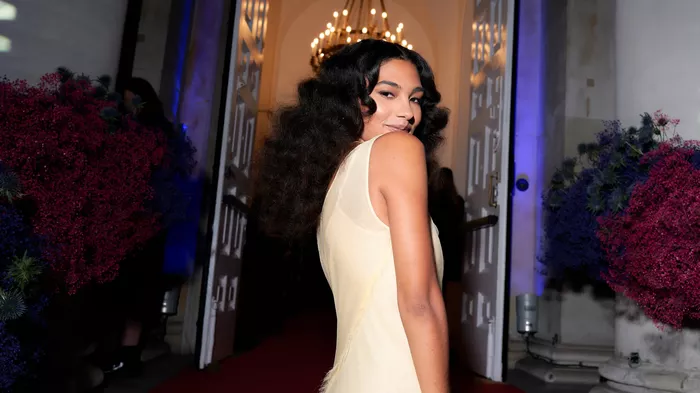Curly hair comes in various textures and conditions, and the key to perfect curls lies in understanding and embracing your hair type. Whether your curls are dry, oily, normal, or damaged, there are specific styles and care routines that can enhance your natural beauty. In this comprehensive guide, we’ll explore the best curly hair styles for different hair types, helping you embrace your curls with confidence.
1. Styles for Dry Curly Hair:
Dry curly hair often lacks moisture, leading to frizz and a lackluster appearance. The best styles for dry curls focus on enhancing moisture retention and promoting a healthy shine. Opt for styles that embrace the natural texture of your hair, such as loose curls or waves. Avoid excessive heat styling and opt for protective styles like braids or twists that can help retain moisture. Incorporate hydrating products like leave-in conditioners and creams into your routine to nourish and define your curls.
2. Flattering Styles for Oily Curly Hair:
Oily curly hair poses its own set of challenges, as excess oil can weigh down curls and lead to a greasy appearance. The key is to choose styles that provide volume and lift. Consider layered cuts that add movement and prevent hair from lying flat. Styles like high ponytails or top knots can help keep the hair off your face, minimizing the impact of excess oil. Use lightweight products like mousses and gels to define curls without adding unnecessary weight.
3. Styles to Embrace Normal Curly Hair:
Normal curly hair, neither excessively dry nor oily, offers a versatile canvas for various styles. Embrace the natural bounce and definition of your curls with styles that highlight their beauty. Medium-length curly bobs or shags work well for normal curly hair, providing a trendy and easy-to-maintain look. Experiment with different partings, from center to side, to find what enhances your facial features. Use moderate amounts of styling products to maintain the balance of moisture without overloading your curls.
4. Styles for Damaged Curly Hair:
Damaged curly hair requires extra care and gentle styling to promote recovery. Styles that minimize heat exposure and manipulation are crucial for damaged hair. Consider protective styles like buns or twists that keep the ends tucked away. Gradual trims to remove split ends and regular deep conditioning treatments can help improve the overall health of damaged curls. Opt for low-heat or no-heat styling methods and avoid tight hairstyles that can cause stress on weakened strands.
5. Universal Tips for All Curly Hair Types:
Regardless of your specific hair type, there are universal tips that apply to maintaining healthy and beautiful curls:
Regular Moisturization: Moisturize your curls regularly with hydrating products such as leave-in conditioners or curl creams. This helps combat dryness and frizz.
Gentle Detangling: Use a wide-tooth comb or your fingers to detangle your curls gently, starting from the tips and working your way up. This minimizes breakage and maintains curl definition.
Avoid Excessive Heat: Limit the use of heat styling tools to prevent damage. When heat styling is necessary, use a heat protectant to minimize potential harm to your curls.
Protective Styles: Experiment with protective styles like braids, twists, or buns to minimize manipulation and promote curl health.
FAQs on Curly Hair for Different Hair Types:
Q1: Can I use the same styling products for different curly hair types?
A1: While some styling products are versatile, it’s advisable to choose products that cater to the specific needs of your curly hair type. For example, lightweight products work well for oily hair, while richer products may benefit dry hair.
Q2: How often should I wash my curly hair?
A2: The frequency of washing curly hair depends on your specific hair type and lifestyle. Oily hair may require more frequent washing, while drier hair may benefit from less frequent washing to retain natural oils.
Q3: Can I color my curly hair?
A3: Yes, you can color curly hair. It’s important to choose a color that complements your skin tone and consult with a professional colorist. Consider treatments to maintain the health of your curls post-coloring.
Q4: How can I enhance curl definition?
A4: Enhance curl definition by using styling products specifically designed for curls, such as curl enhancers or gels. Apply these products to damp hair and use techniques like scrunching to encourage curl formation.
Q5: Is it necessary to trim curly hair regularly?
A5: Regular trims are essential for maintaining the health of curly hair. Trimming every 8-12 weeks helps prevent split ends, promotes healthy growth, and maintains the shape of your curls.

